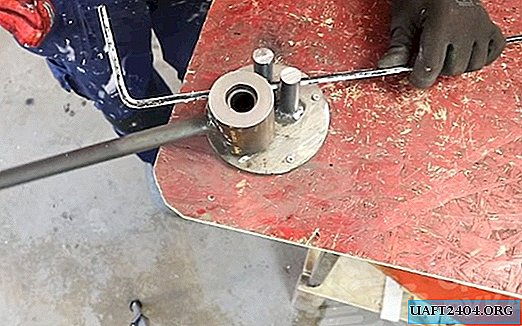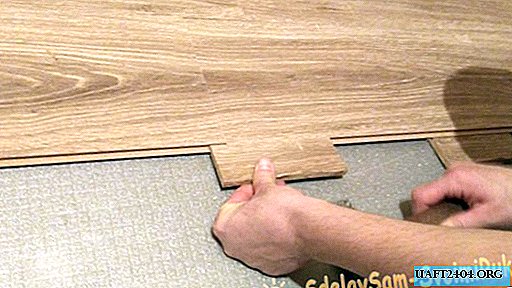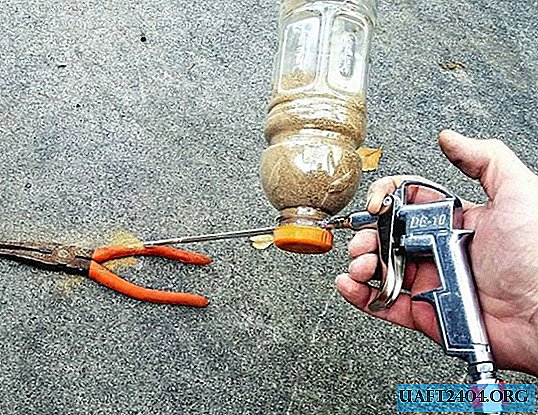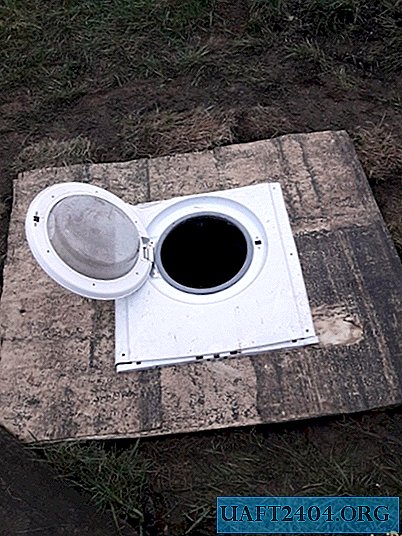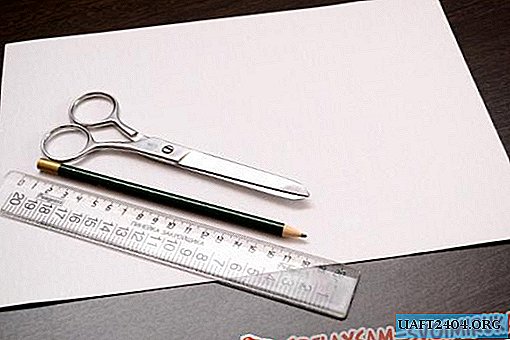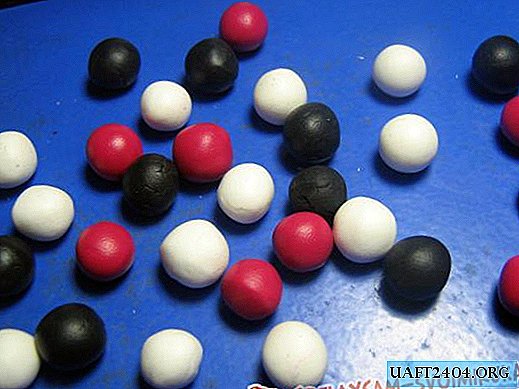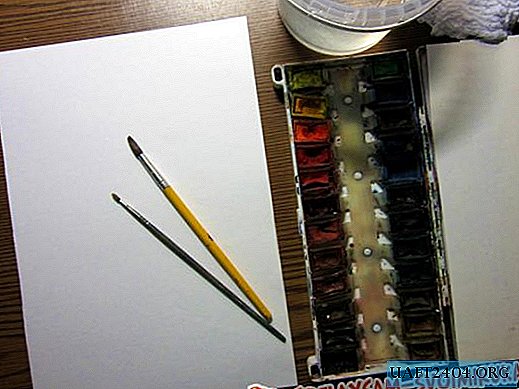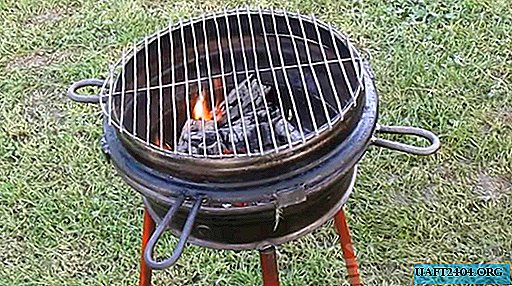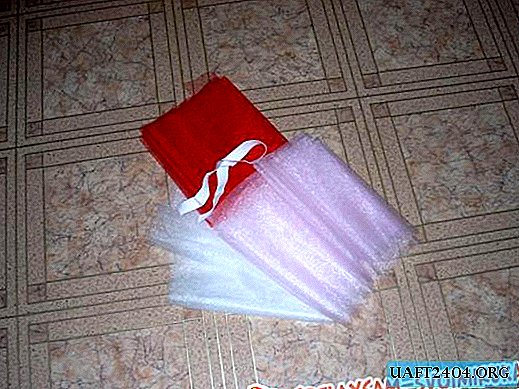- frame
- thick cardboard or fiberboard (thin plywood can be used) under the base
- printed vintage color card (physical or pirate)
- natural material (shells, stones, sea pebbles, sea sand, shell rock)
- decorative material (colored glass, beads, chains, etc.)
- figurines on a marine theme (a chest with jewelry, a boat, marine inhabitants, algae, a barrel, an anchor, an old compass, a helm, a fishing net, etc.)
- glue ("Titanium", "PVA")
- spray paint
- nail polish or bitumen
- glossy varnish spray
- Polish for hair
- zero sand paper
- bitumen
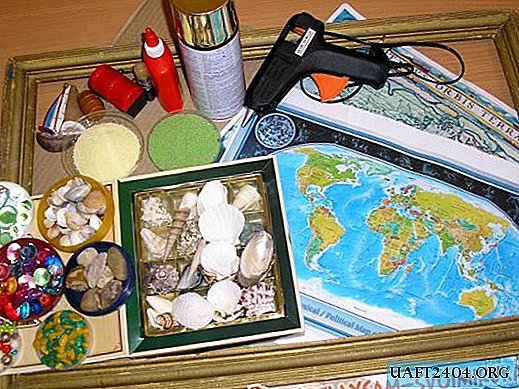
1. Prepare the frame, if necessary - paint with gold spray paint, age, rubbing with sandpaper, apply bitumen in places and smudge properly. I found a suitable old frame and did not change it. Prepare the base: cut a sheet of suitable size from thick cardboard (or fiberboard), insert into the frame.
2. In the center of the base stick the card with PVA glue. Print the card in advance, if you want, you can age it by rubbing it with zero sandpaper, soaking it with a weak coffee solution and letting it dry. You can slightly burn the edges above the candle. You can choose an old, pirated or physical map, as you wish. The size of the card may be smaller than the frame, because we will decorate the edges around the card.

3. Next, glue large figures. I used the following: a keg, a sailboat, a treasure chest, a starfish, algae - that can be on the seabed. A treasure chest can be prepared in advance, or you can purchase a ready-made chest in a store. If the color is not satisfactory, then paint the chest with paint spray gold, I painted with nail polish dark golden. Inside we glue colored pebbles, beads, chains, coins, colored glass, in general, everything that may look like treasures. We use glue "Titan". Next, glue large stones, shells, decorative glass pieces on the base, creating the seabed. Some figures can be glued to the frame.


4. The remaining space is gradually poured with “PVA” glue and covered with small pebbles, shell rock, sea sand, the color of which should be as natural as possible. Around the map, create an uneven edge from the sand. Glue should be applied to small areas, so it will be more convenient. Glue "PVA" should be quite thick so as not to spread. The layer of bulk material (sand) must be thick enough to adhere to the maximum amount. After the glue dries, it is necessary to shake off the non-sticky particles on the newspaper, and, sprinkling with hairspray, quickly sprinkle another sand on the “receding hairline”. Allow to dry, shake off leftovers.

5. After everything is completely dry, and you will be satisfied with the result, the work can be varnished. For this purpose, spray varnish is very convenient in use, it is better to choose glossy. Allow to dry. The picture is ready, you can hang on the wall.


